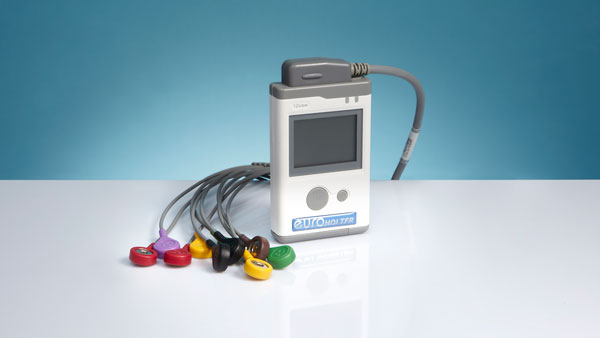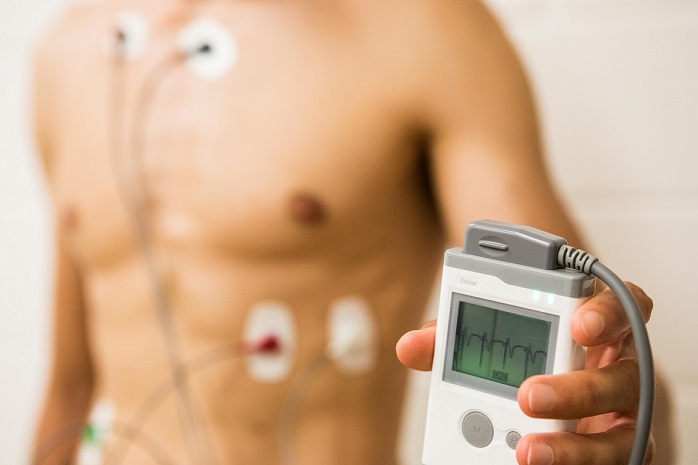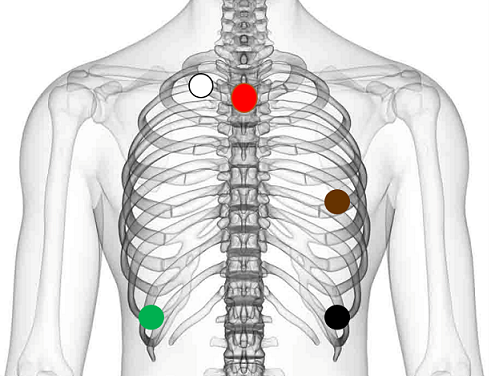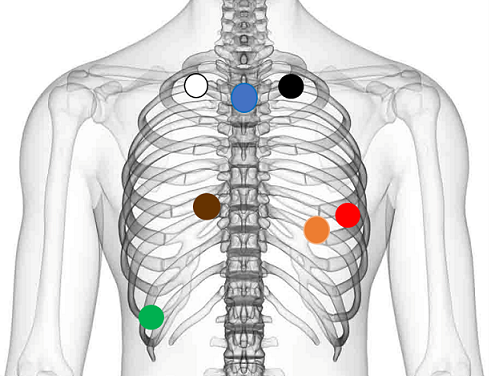
Holter ECG, what is it and why is it performed?
Holter ECG, what is it and why is it
performed?
What it is
The cardiac Holter differs from the electrocardiogram in the time it takes to observe the heart’s electrical activity. Using a small portable device called a Holter, it is possible to observe the heart’s activity for up to seven days. This equipment allows the patient to monitor cardiac activity while carrying out normal activities during the day. It is important for the patient to note down typical events of his or her day (meals, medication intake and other events) in a diary, and in the event of symptoms or discomfort, to note down the time and the description and extent of the disorder.

Why it is performed
The cardiac Holter is generally prescribed for the assessment of heart rhythm, for the evaluation of a possible presence of ischaemic heart disease and for assessing the constancy of conduction of electrical stimuli in the tissues of the heart. In addition, it is useful in sports medicine, for those who frequently fatigue the heart muscle and are interested in monitoring it and collecting data on its activity, such as athletes or sportsmen.
How it is performed
To apply the Holter, the patient must go to an outpatient clinic, where the assistant, after degreasing the skin, places the electrodes on the patient’s chest. Then the assistant or the cardiologist himself operates the dynamic Holter and from there the recording begins until the patient himself or the assistant removes the electrodes and the device. The recording phase is followed by the reading and reporting phase, which is carried out using a computer equipped with special software.
What LUMED offers
• EUROHOLTER 3view recorder (which records 3 channels for up to 7 days) and EUROHOLTER 12view (which records 12 leads for up to 3 days), both come with patient cable, memory card and USB port
• LUMED EUROHOLTER SW3/12 software for analysing and reporting recordings. Necessary for the specialist to interpret the tracing recorded by the Holter;
• Disposable electrodes are applied to the patient’s chest. They are connected to the Holter device via the patient cable. In the image below, it is shown how to position the disposable electrodes in a 5-electrode, 7-electrode (3-channel) and 10-electrode (12-lead) configuration;
• Patient cable with 5-, 7-way (for 3-channel recordings) or 10-way (for 12-lead recordings) snap terminals. LUMED offers one-piece cable for Holter recorders;





